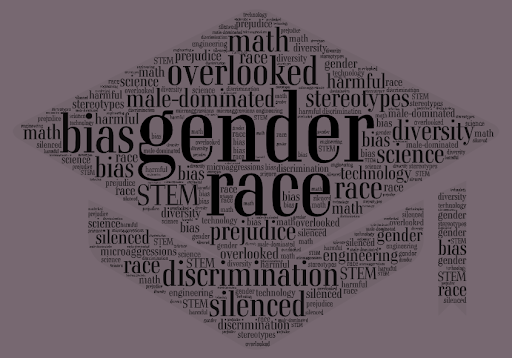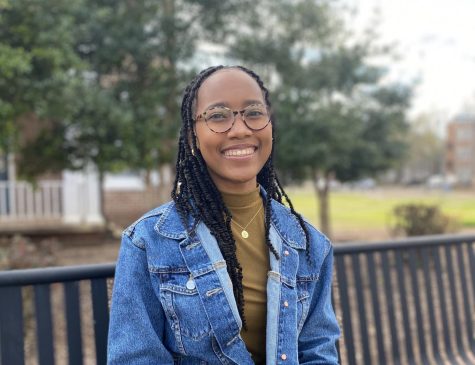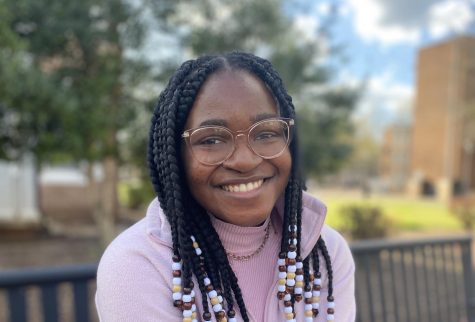Misogynoir in STEM: How to Rectify the Phenomenon

Misogynoir affects WOC students, especially Black women, across the country and particularly in the realm of STEM.
March 4, 2022
Misogynoir is a new term for many ears. Queer Black feminist Moya Bailey first coined it in 2010 to show how the intersection of gender and race affects the level of discrimination Black women face. To many, this is simply a new phrase that has entered the dictionary for woke activists; however, it is a reality for many Black women in all aspects of their lives.
Despite efforts to provide an equal playing field and prevent gender and racial discrimination in society, many black women still feel microaggressions, stereotypes and discrimination, specifically within STEM fields.
Despite being an acronym for the fastest-growing fields and most promising jobs of the future, STEM is also home to one of the largest gender and racial gaps in the workforce. Women in minority groups — such as Black women — are vastly underrepresented in STEM communities. According to the Women, Minorities and Persons with Disabilities in Science and Engineering, Black women make up about 1.6% of the STEM workforce in America.
Given the staggering numbers of black women’s lack of participation in STEM careers, studies have shown the lack of motivation in minority women for joining STEM majors and careers can be traced back to their high schools, based on their confidence in their abilities (representation and encouragement), preparedness for college and stereotyping from their peers.
According to an anonymous survey sent to the MSMS student body, 100% of the nine female-identifying respondents, including black female respondents, claimed they had experienced discrimination within STEM communities based on their race and/or gender. Two-thirds of these responses also claimed to have felt this on the MSMS campus. How will schools meant to raise the next generation of scientists, engineers and mathematicians fully achieve this goal for all students when much of their minority population feel pushed away based on their race and gender?
The solution to this issue is not something that comes overnight due to its magnitude; however, a starting point would be to inform educators and women about the experiences of Black women outside of the STEM field. Through being informed of these experiences, educators will begin to understand how their curriculums can contribute to Black women’s lack of desire to pursue STEM.
In the U.S., an astonishing 82% of K-12 teachers reported that they had not received any anti-racist training in their careers. This lack of training explains why issues such as misogynoir are allowed to perpetuate within and outside STEM communities. Without the resources to dismantle the stereotypes and connotations put in place against Black women, there is little hope the perception of them will change. This will only lead to Black women continuously being underrepresented in all aspects — and most noticeably in STEM fields — because these assumptions will prevent them from being seen as qualified enough for these positions.
The feeling of incapability in STEM careers is further exacerbated by the narrow range of representation that accompanies them and those who teach STEM courses. Having role models that look like them in STEM positions plays a major role in giving female minorities — especially Black women — a sense of belonging and confidence within STEM.
Because predominantly white men and women have assumed instructional positions at institutions, universities and schools like MSMS, marginalized identities are less likely to feel capable of holding STEM positions. Hiring people of color, specifically women of color, in instructional positions instills in students the belief they, too, are capable of achieving those roles.
Through making an effort to educate teachers and students about the discrimination Black women face, addressing stereotypes and exposing Black women to other Black women in careers that they may feel unfit for or unseen in — like STEM — the misogynoir within STEM will be mitigated, giving Black women the opportunity to flourish in places where they are unseen and unheard and ultimately bridge the drastic diversity and gender gaps within the fields.










